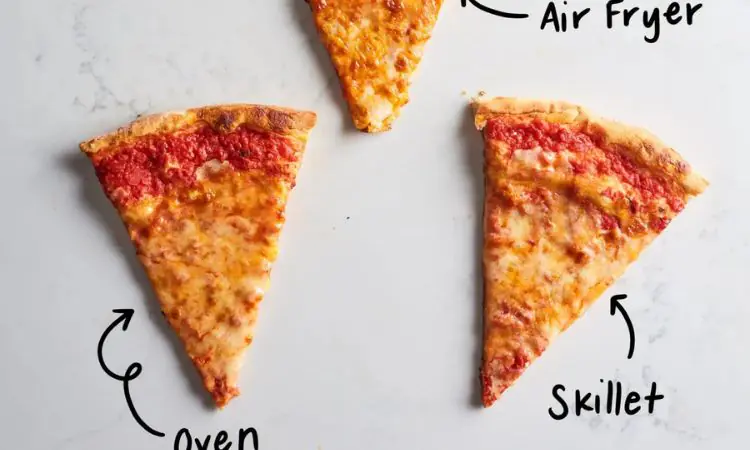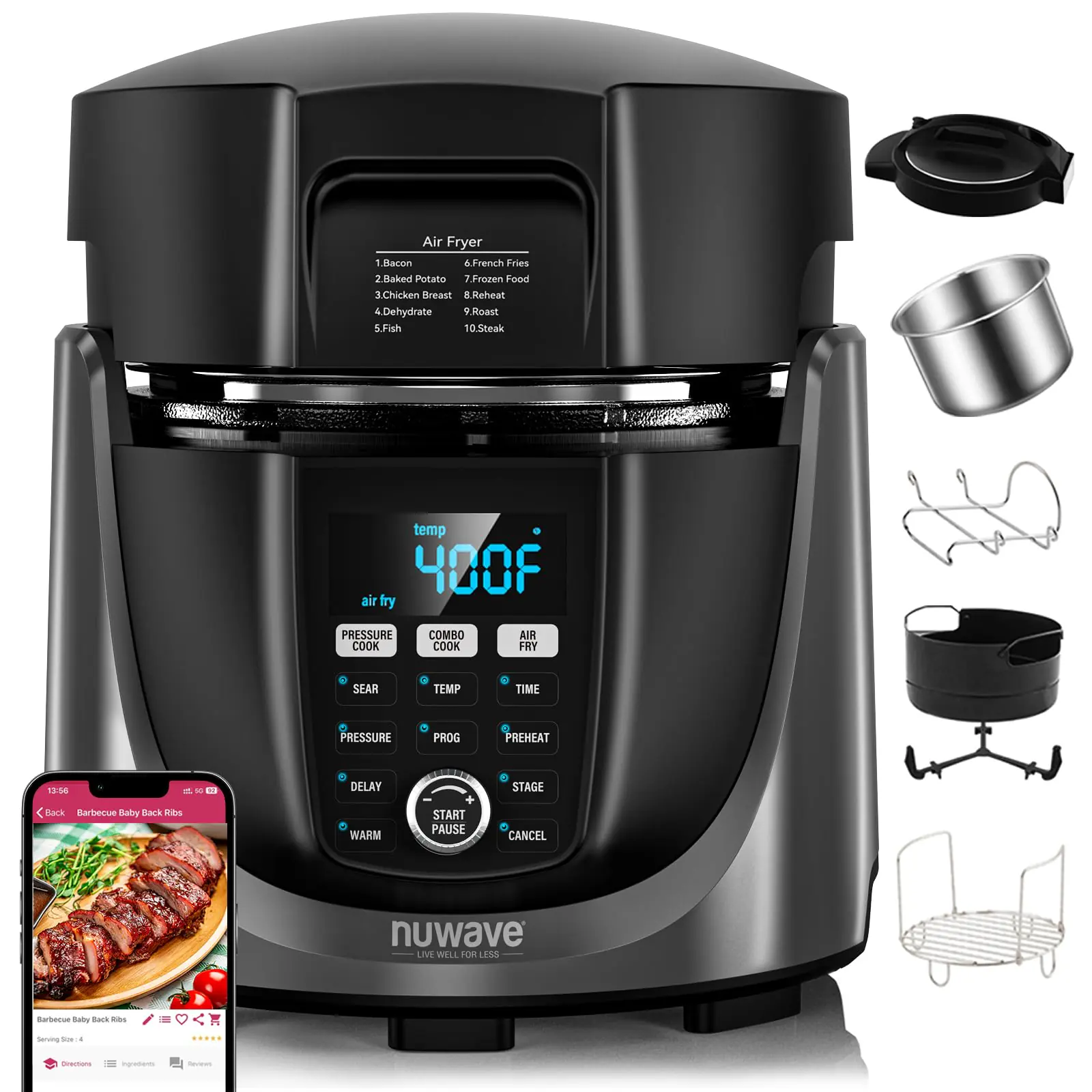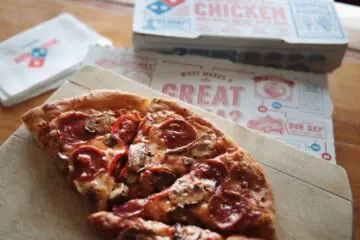What is the Problem If a Pizza is Reheated to 70â°c: Reheating a pizza to only 70°C may not kill harmful bacteria. Food safety guidelines suggest a higher temperature for reheating.
Properly reheating pizza is critical to both taste and safety. Pizza lovers know that a slice that is disappointed has lost its original appeal. The ideal scenario unites a crispy crust with melted cheese, invoking that fresh-from-the-oven experience. But it’s not just about the flavor or texture—it’s also about health.
The danger of consuming underheated food is natural, with bacteria such as Salmonella and E. Coli thriving below 74°C (165°F). A pizza heated to just 70°C might seem warm, but it potentially invites foodborne illness. Anyone seeking to enjoy leftover pizza must ensure it reaches a safe internal temperature for a delectable bite and peace of mind. Always check with a food thermometer and follow safe reheating practices to savor leftovers without risk.
Reheating Pizza: Set The Right Temperature
Everyone loves a good slice of pizza, but heating it to perfection is critical.
Getting the temperature right can mean the difference between a crunchy delight and a soggy mess.
Let’s examine the importance of setting the ideal heat range so that you can enjoy your pizza just like it came from the pizzeria.
Optimal Heat Range For Reheated Pizza
Pizza reheating is an art, and the perfect range is your canvas.
Aim for a temperature-sweet spot that warms your pizza through and through while preserving its texture.
- Oven Reheat: Set between 200°C to 230°C (400°F to 450°F).
- Stove Top: A medium to medium-high flame works best.
- Microwave: Use the reheat setting or medium power for short intervals.
Consequences Of Low-temperature Reheating
Underheating your pizza doesn’t just affect the taste—it can lead to issues that no one wants to experience.
| Consequence | Details |
| Uneven Heating | Certain parts may remain cold or unappetizing. |
| Texture Loss | Expect a chewy, tough crust and soggy toppings. |
| Bacteria Growth | Temperatures under 75°C may not kill harmful bacteria. |
Follow the optimal heat ranges to avoid these pitfalls. Your taste buds and stomach will thank you!

Food Safety And The 70°c Threshold
Who knew a slice of reheated pizza could hold a hidden danger? Many overlook food safety when reheating their favorite dish to a seemingly warm temperature. The truth is that hitting the right temperature is crucial. This magic number for safety is 70°C. Below this temperature, the risk of foodborne illness increases. Ready to dive into the world of food safety? Let’s look at why 70°C makes such a difference.
Understanding The Danger Zone For Food
First, it’s essential to understand the danger zone for food. This is where bacteria love to grow. The zone is between 5°C and 60°C. To stay safe, keep food out of this range.
- Remember: The danger zone is 5°C to 60°C.
- Goal: Keep food above or below these temperatures.
Bacterial Growth At Suboptimal Temperatures
What happens if pizza reheats to only 70°C? It might seem hot, but it’s not enough. At this warm temperature, some bacteria can still survive. These microbes can lead to sickness. Prevent this by making sure reheated food reaches at least 74°C.
| Temperature | Food Safety Status |
| Above 74°C | Safe Zone |
| 70°C | Risk Zone |
| 5°C to 60°C | Danger Zone |
Risks Associated With Underheated Pizza
Reheating pizza correctly is vital for both taste and health. Failing to heat pizza to the right temperature can lead to risks. Pizza not heated to at least 75°C may harbor harmful bacteria.
Eating underheated pizza can expose you to bacteria and foodborne illnesses. It’s essential to ensure pizza reaches safe internal temperatures.
Potential Foodborne Illnesses
Underheated pizza can harbor pathogens like E. coli, Salmonella, and Listeria. These can cause severe sickness. Always reheat pizza to the recommended temperature for food safety.
- Salmonella: Common in undercooked foods.
- E. coli: Found in improperly heated meats.
- Listeria: Can survive in colder temperatures.
Identifying Symptoms Of Contamination
Know the signs of foodborne illnesses. Quick identification can help seek timely treatment.
| Bacteria | Symptoms |
| Salmonella | Stomach cramps, fever, diarrhea |
| E. coli | Bloody diarrhea, vomiting |
| Listeria | Muscle aches, headache, loss of balance |
If you experience these symptoms, consult a doctor promptly.
Reheating Pizza: Best Practices
Reheating pizza can be tricky. You want that perfect blend of crispy crust and molten cheese. It’s easy to end up with a slice that is too dry or overheated. Understanding the proper methods ensures your pizza tastes almost as good as when delivered.
Recommended Equipment And Techniques
Start with the right tools for a tantalizing reheated pizza. A kitchen oven or a toaster oven gives the best results. You can also use a skillet for a crispy bottom. Microwaves can make it soggy so that they could be better. The following are suitable for reheating:
- Oven: Preheat and bake at a moderate temperature.
- Toaster Oven: Great for quick, individual slices.
- Skillet: Heat on the stove for a crispy crust.
Time And Temperature Control For Safety
A safe and delicious slice of pizza needs careful temperature control. Reheat your pizza to at least 70°C to kill any potential bacteria. However, avoid too high temperatures that can ruin the flavor and texture. Use these tips for perfect reheating:
- Preheat your oven to around 190°C.
- Place the pizza on the middle rack for even cooking.
- Cook for about 5-10 minutes or until the cheese bubbles.
| Equipment | Time | Temperature |
| Oven | 10 minutes | 190°C |
| Toaster Oven | 5 minutes | 190°C |
| Skillet | 3-4 minutes | Medium Heat |
Watch closely to prevent burning. A golden crust and bubbly cheese are signs of a well-reheated pizza. Enjoy the deliciousness!
Alternatives To Traditional Reheating
When pizza slices lose their fresh-out-of-the-oven appeal, a standard solution is to reheat them. But what if the traditional oven or microwave methods don’t hit that sweet spot or you’re concerned about food safety, particularly not reaching the recommended internal temperature of 75°C for reheated foods? Fear not, because there are other imaginative and delicious ways to bring life back to your leftover pizza.
Creative Ways To Enjoy Leftover Pizza
Pizza can sometimes need a heat wave to taste good. Explore these unconventional methods:
- Pizza Paninis: Press your slice in a sandwich grill.
- Stovetop Magic: Crisp it up in a skillet with a lid on low heat.
- Waffle Iron Pizza: Turn slices into pizza waffles.
Cold Pizza: A Safe And Tasty Option?
Is cold pizza the answer to your gourmet dreams? Perhaps! No heat required means:
- Zero Wait: Grab straight from the fridge.
- Safety First: No risk of not hitting that 70°C mark.
- Texture Triumph: Enjoy a unique, firm bite.
Cold pizza can be a delicious treat if appropriately stored at safe temperatures after cooling off.

Credit: www.amazon.com

Credit: www.amazon.com
Frequently Asked Questions For What Is The Problem If A Pizza Is Reheated To 70â°c
What Temperature Should You Reheat Pizza?
Reheat pizza in an oven preheated to 375 degrees Fahrenheit for about 10 minutes. Make sure the cheese has melted and the crust has a crunchy texture.
What Happens If You Reheat Pizza?
Reheating pizza warms the slices, restores the crispiness of the crust, and melts the cheese. Proper reheating methods can prevent a soggy or dried-out texture.
What Temperature Should Leftovers Be Reheated To?
Leftovers should be reheated to an internal temperature of 165°F to ensure safety. Use a food thermometer to check.
What Is The Best Temperature To Reheat Food In The Oven?
The ideal temperature to reheat food in an oven is 350°F (175°C), ensuring even and thorough warming.
Conclusion
Reheating pizza to only 70°C may not be enough for optimal taste and safety. Proper heating ensures deliciousness and kills potential bacteria. For the best experience, aim higher than 70°C. Enjoy your pizza hot and safe! Remember, it’s not just warmth but the right temperature that counts.

As the author of the “Ultimate Pizza Guide: Recipes, Tips & Secrets Revealed,” I’m dedicated to sharing my love for pizza and empowering others to create delicious homemade pizzas with ease. Join me on a journey to uncover the secrets to perfecting your pizza game!


